(14005 products available)


















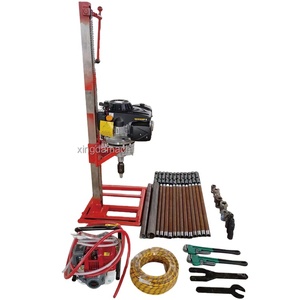
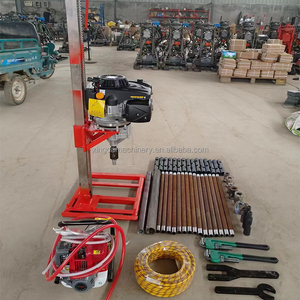

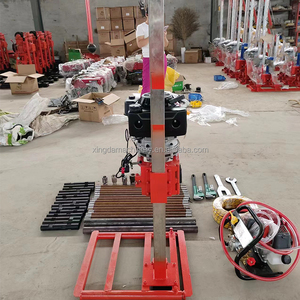







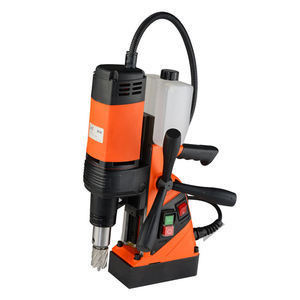

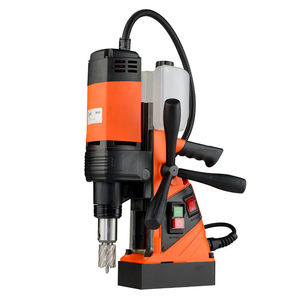

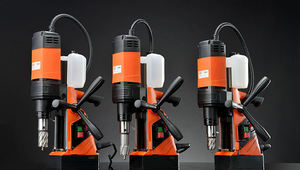
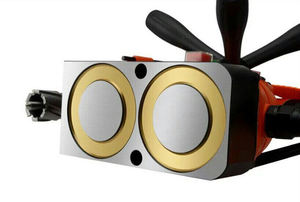
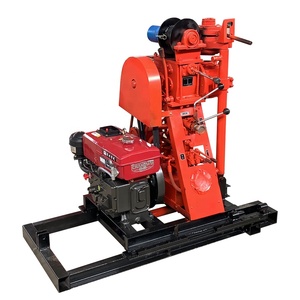









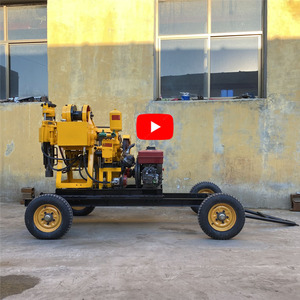





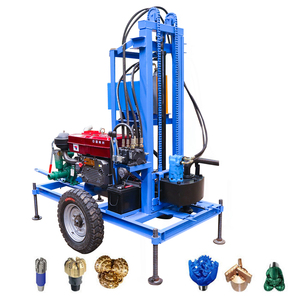







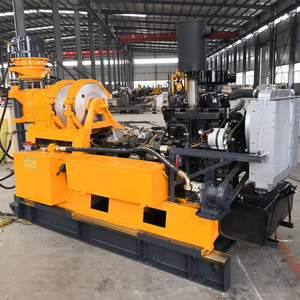




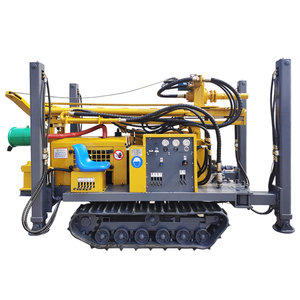


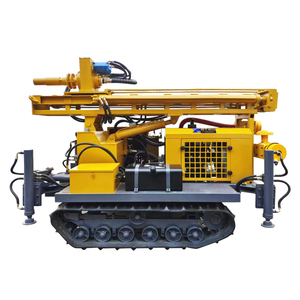









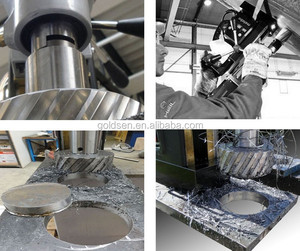
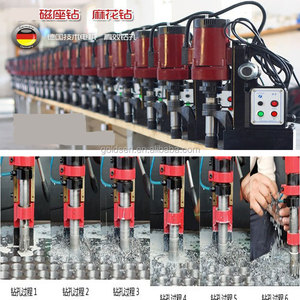
















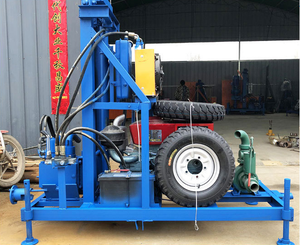






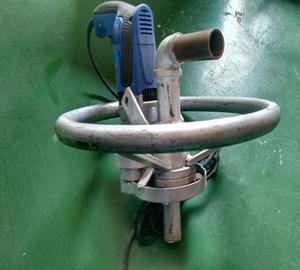



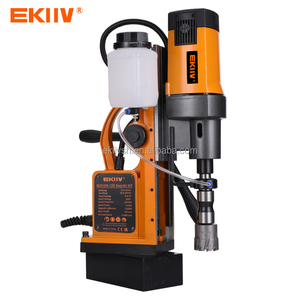



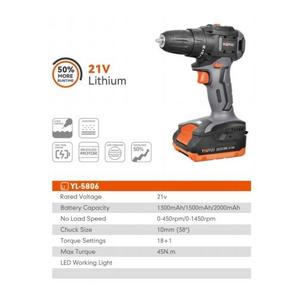



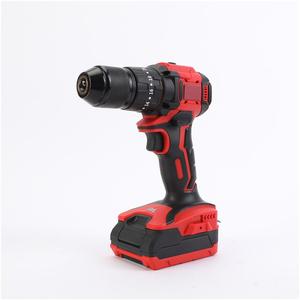










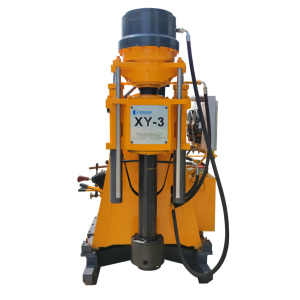




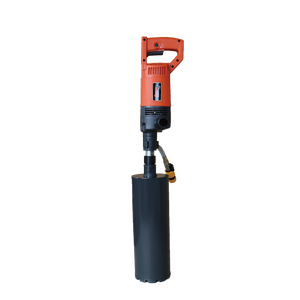

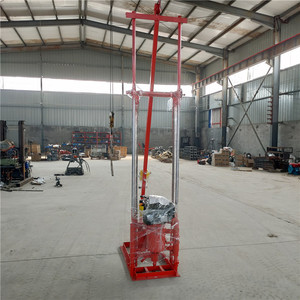


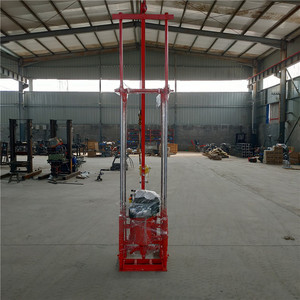
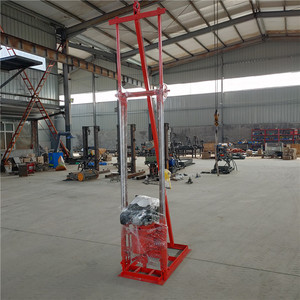












A small core drill comes in many types to suit all kinds of work environments and target materials. Core drilling means making a cylindrical hole in a set material. These drills create clean-cut circular holes without damaging the surrounding area.
More traditional methods of drilling, such as twist drills, create a high level of debris and often lead to breakages in the material being drilled. Core drills do not have this problem and provide much cleaner and more accurate holes by using a hollow drill bit that collects debris in its core.
Core drills can be handheld or fixed in place in certain types. Handheld core drills are used when core drilling through irregular surfaces, such as pipes or when moving the core drill is more convenient. A handheld small core drill may also be referred to as a portable core drill. Power sources for handheld core drills include electric, gas, and air pressure. Fixed core drills are used to drill through flat surfaces where specific, greater, and more secure depths of drilling are required. Fixed core drills usually employ a rotary hammer as a power source.
Wet core drills are used for masonry, concrete, or tile and are used in conjunction with water to cool the drill bit and lessen dust formation. They can also be used for asphalt if the core drill bit is interchangeable. If not, some core drill holes include water reservoirs that help cool the drill bit.
Dry core drills use diamond bits to cut hard materials. Depending on the material being drilled through, they may or may not need an adaptor to extract dust while drilling. Dry core drill bits have segmented patterns, smooth patterns, or laser slots, and their threads are set to fit different types of drills.
The tunnel core drill is fixed into place using a frame, base plate, or stand and is used to drill holes of varying diameters into the ground's surface, usually horizontally or at an angle, using a series of interlocked segments. It is called a tunneling core drill because it tunnels through the object from the surface to the inside, similar to how tunneling animals would behave.
Wall core drills can be handheld or fixed in place. They typically have safety guards and are used for drilling holes in walls. When core drilling through concrete, an operator should be aware that there may be some reinforcements inside the concrete wall, such as steel. If the wall core drill is not equipped with an electrical mechanism to stop core drilling when it detects such steel reinforcements, the steel could severely damage the drill.
Medical core drills are manufactured with precision and accuracy to create holes in implants or medical devices, such as orthopedic implants, that fit the anatomy perfectly. These core drill holes have very specific CAD/CAM systems that help create the kind of drill hole required for medical use.
Small core drill bits are used in various industries and applications to extract small, precise cylindrical cores or holes. Here are some specific areas where small core drill bits are applied:
Before buying new core drills, several factors must be considering to ensure they suit the needs of the specific application. Here are some tips to guides when choosing the right core drilling machine:
Drilling Needs
Begin by assessing business buyers' drilling needs (the type of material, diameter, depth, and quantity of cores required). This will help determine the core bit's material, size, and features.
Drill Bit Size and Type
Choose a drill bit size and type compatible with the intended application and the material to be drilled. It's important to get the most productive drill and avoid delays in the project or material damage.
Quality
Core drill bits are usually used in demanding situations, so it's smart to spend money on high-quality bits that won't break or wear out quickly. Using high-quality bits will prevent frequent replacements and save money in the long run.
Compatibility
Ensure that the selected core drill bit is compatible with the drilling machine being used. Check the bit's shank or connection type to ensure a secure fit.
Budget
Consider the budget when selecting core drill bits. While it's important to choose quality bits, there are options available at different price points to suit various budgets.
Reviews and Recommendations
Before making a purchase, research reviews and ratings of the shortlisted core drill bits. Learn from the experiences of other buyers and find out which bits are highly recommended.
Q: How big is a core drill bit?
A: Core drill bits come in various sizes, ranging from small core drill bits like 1/8″ to 2″ and medium-sized bits from 2″ to 10″ to large core drill bits, which are anything larger than 10″.
Q: What is the difference between a core drill and a regular drill?
A: Unlike regular drills that create holes and remove material, core drills extract cylindrical core samples. Core drills also feature embedded diamond segments or crowns, highly effective for cutting hard materials, and are designed to maintain stability and precision while cutting large-diameter holes.
Q: What are some advantages of core drilling?
A: Some benefits of core drilling include the capacity to make big, exact holes in a variety of materials, minimal material loss, and increased drill control and stability. Additionally, the drill's design enables a quicker drilling rate and a longer instrument life.
Q: What are the three types of core drilling?
A: Following the method of drilling utilized and the sample required, there are several forms of core drilling. Geological core drilling, air core drilling, and diamond core drilling are a few examples.
Q: What is the purpose of core drilling?
A: Core drilling is primarily utilized to obtain geological information about the subsurface strata and to analyze the composition of materials beneath the surface in addition to making precise holes in numerous materials.